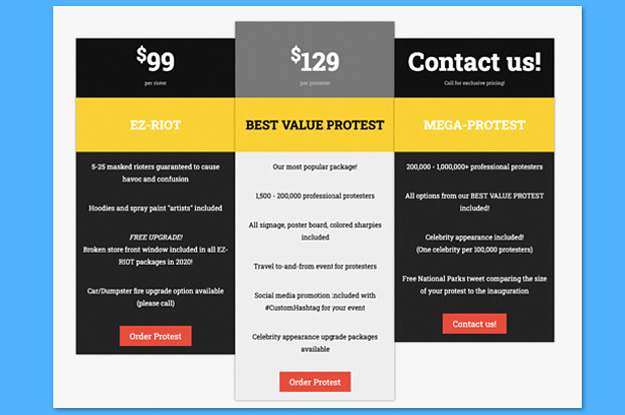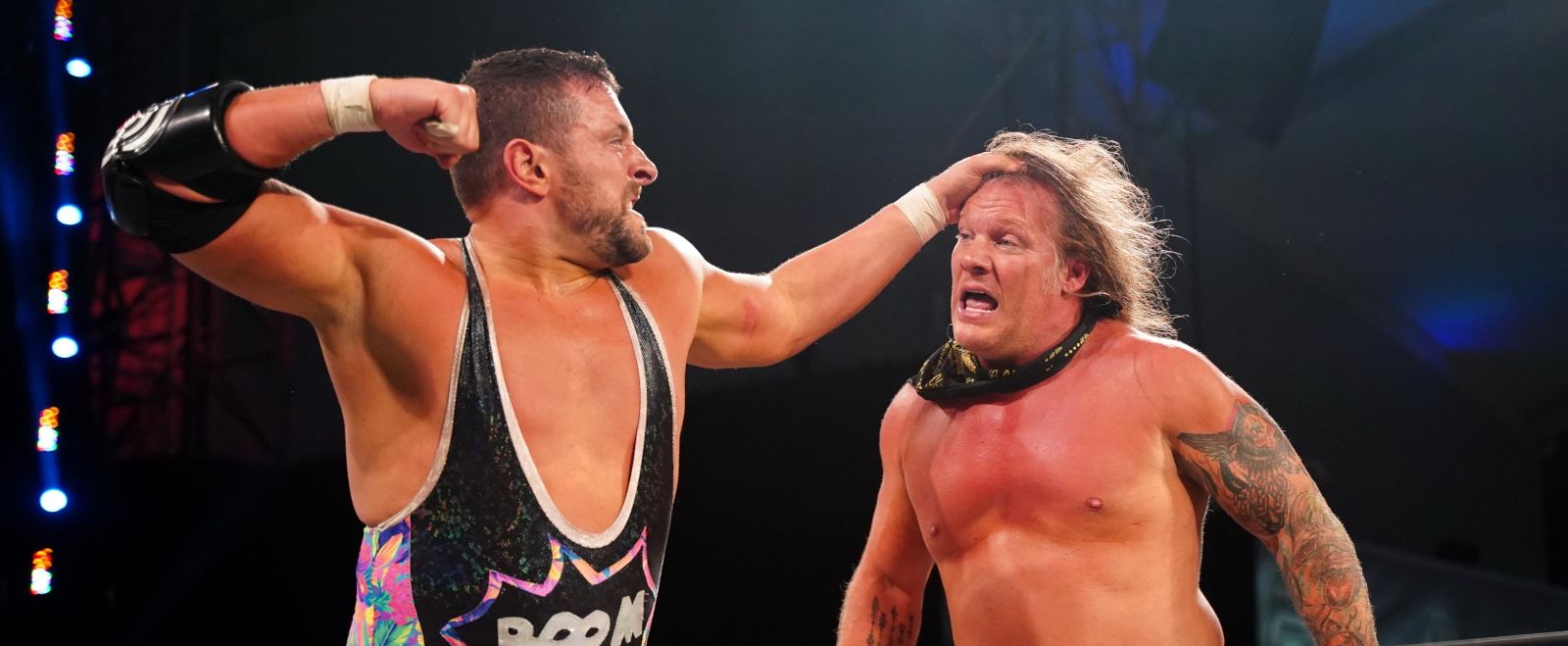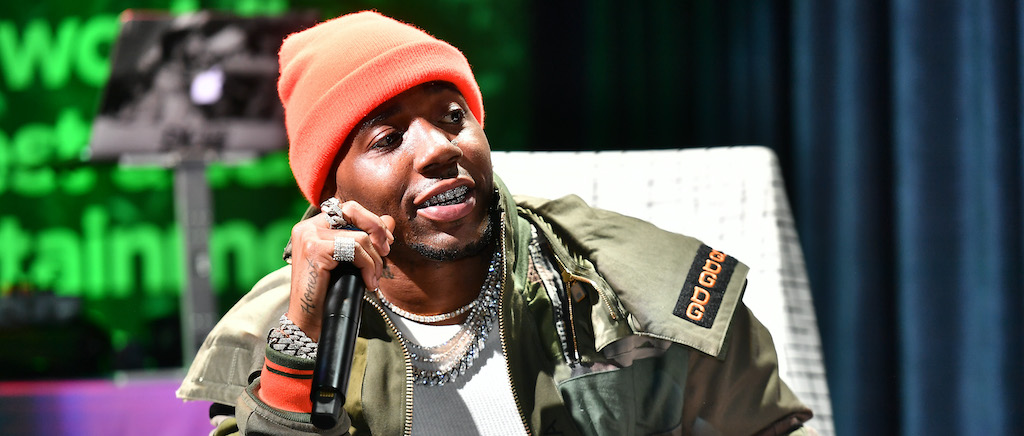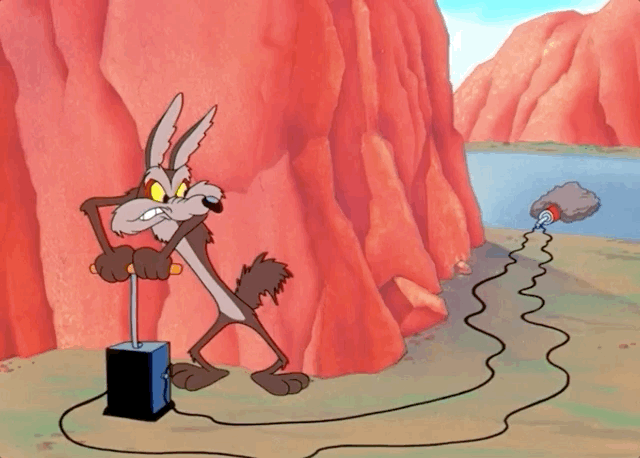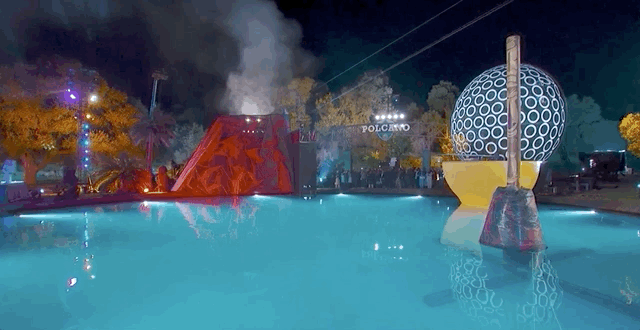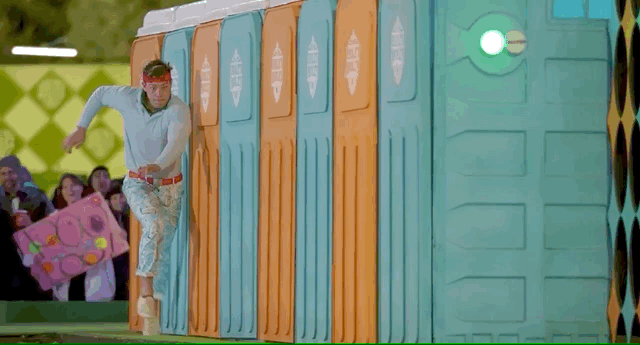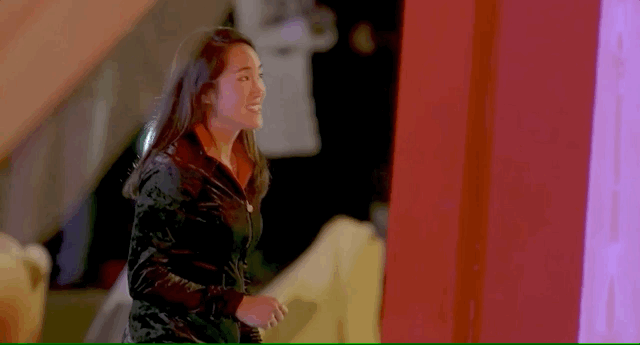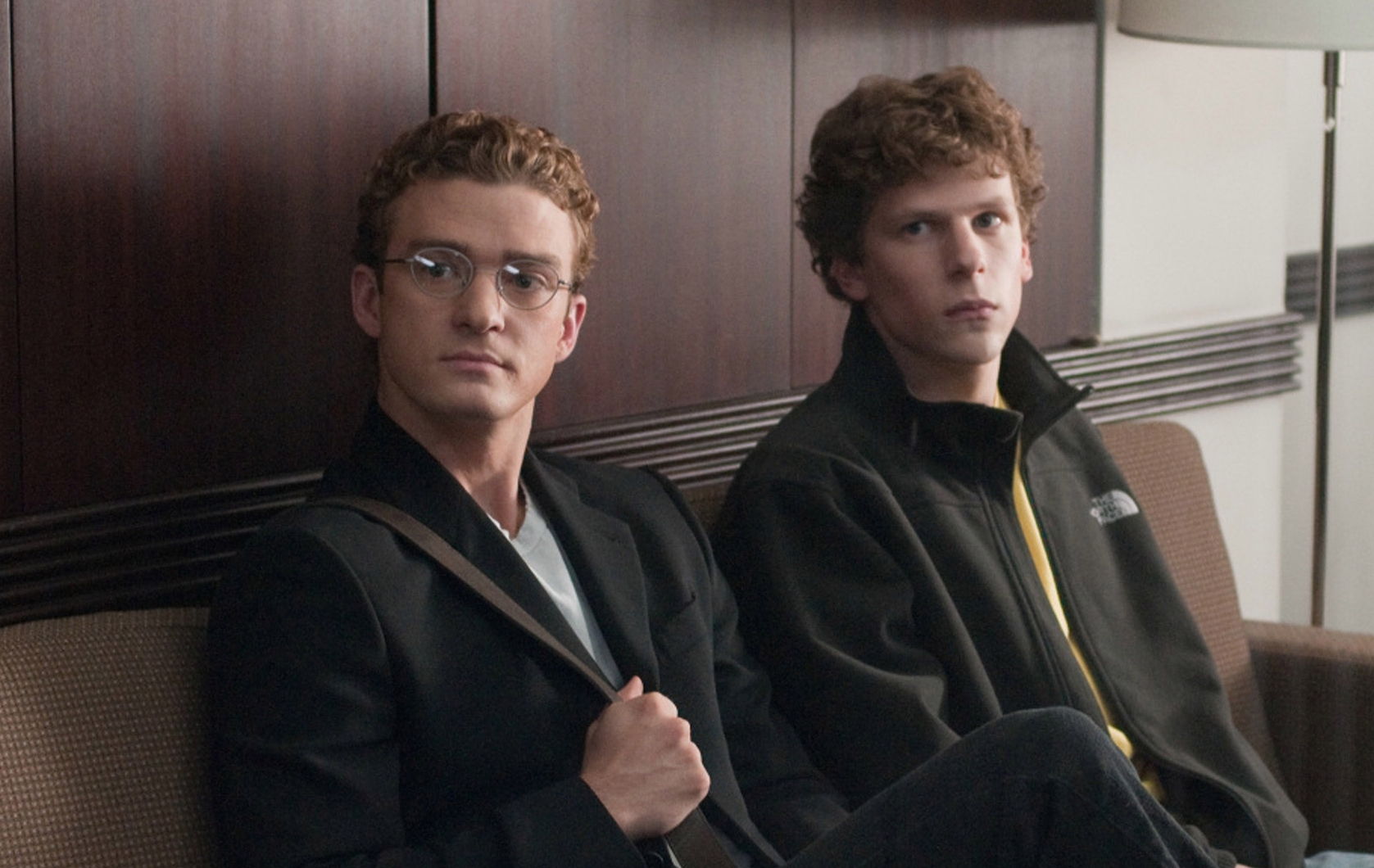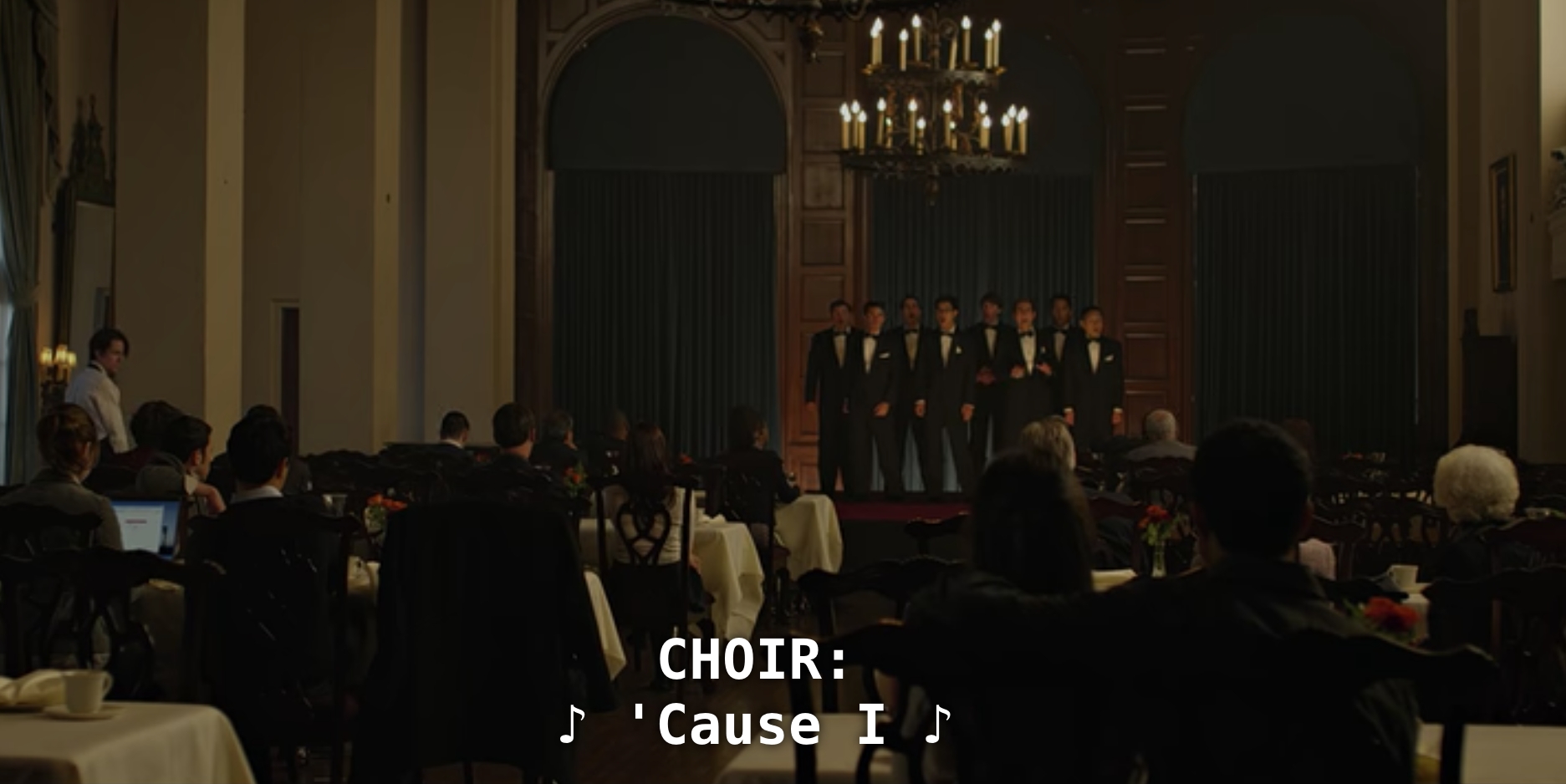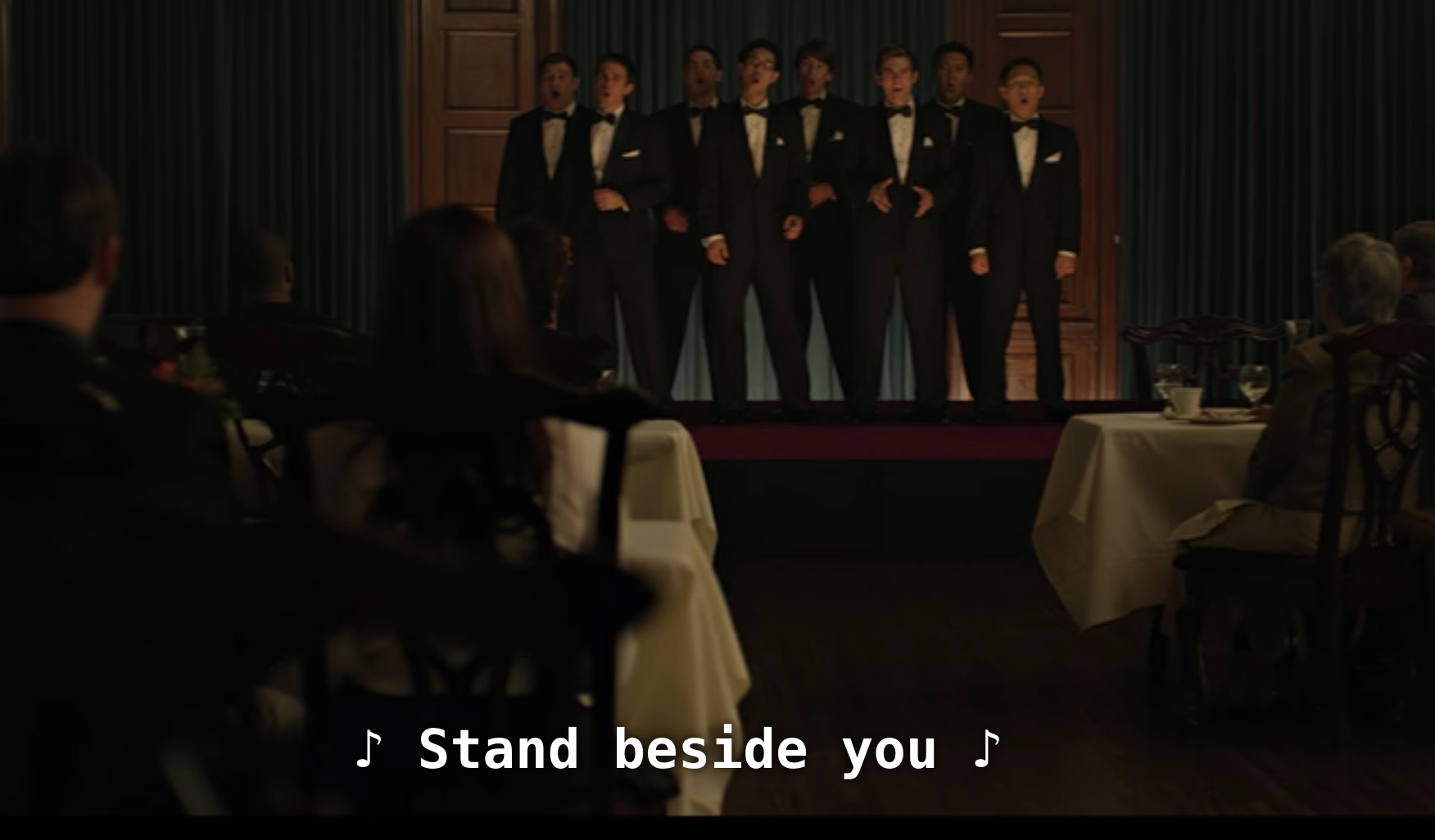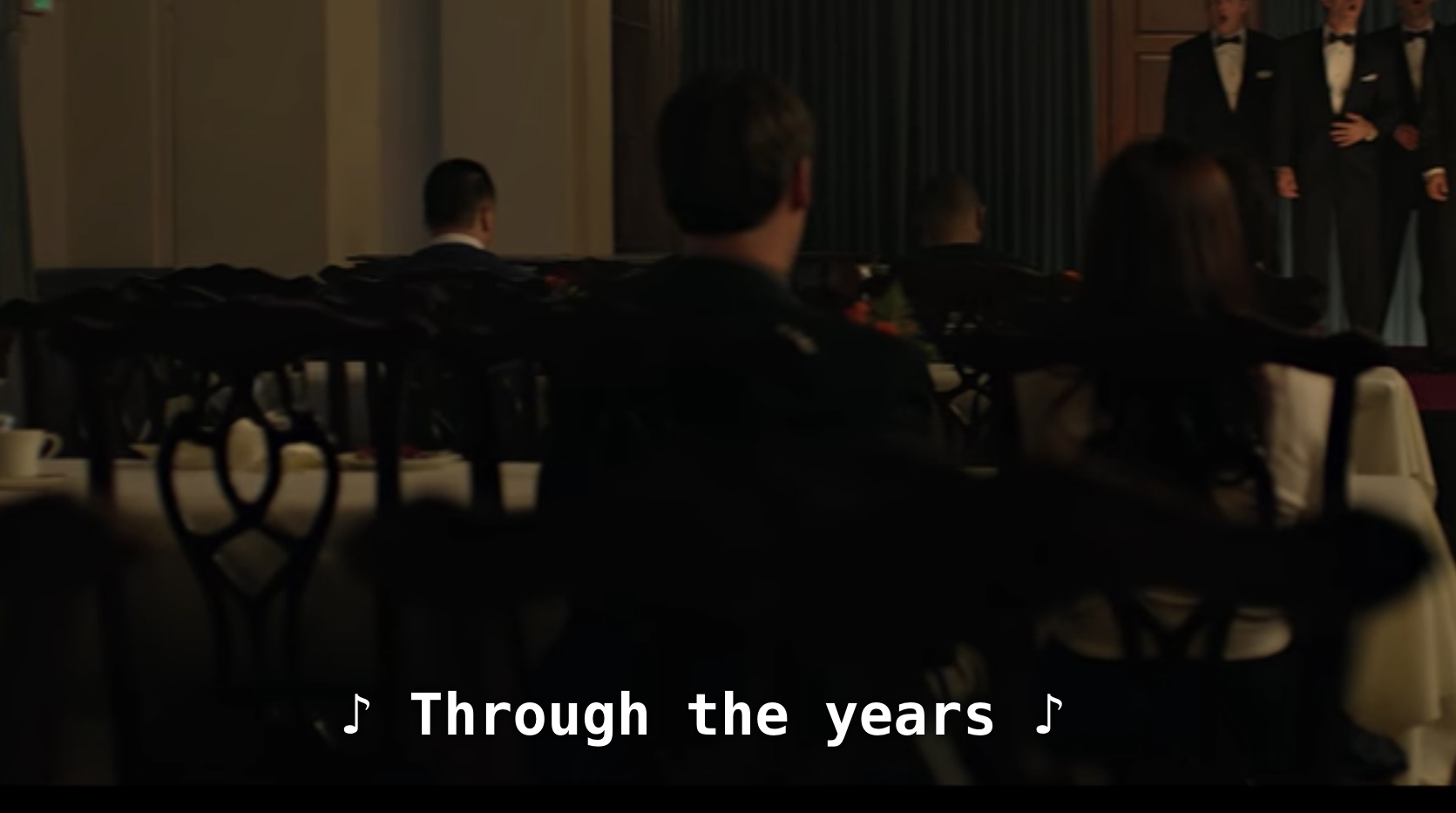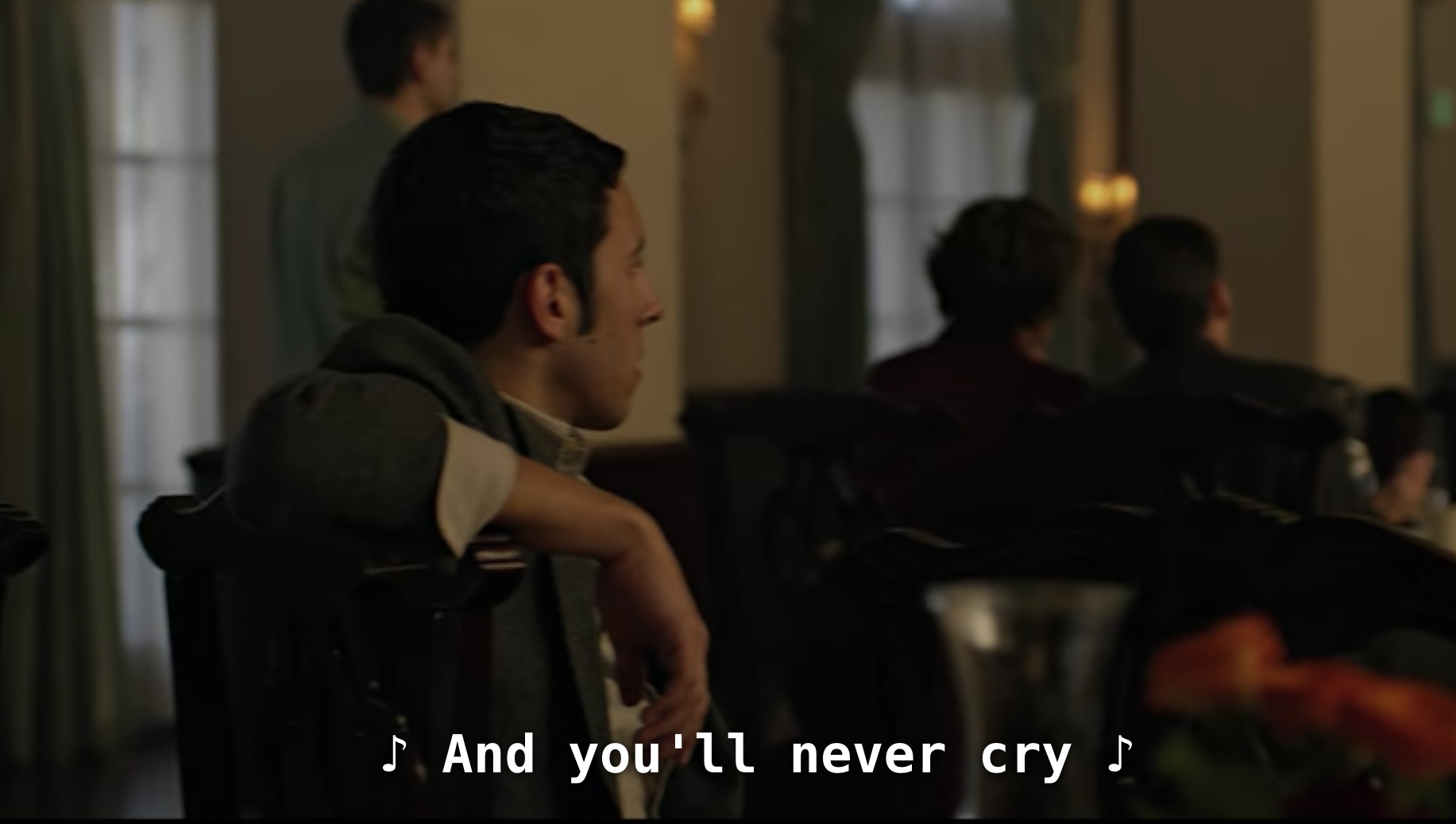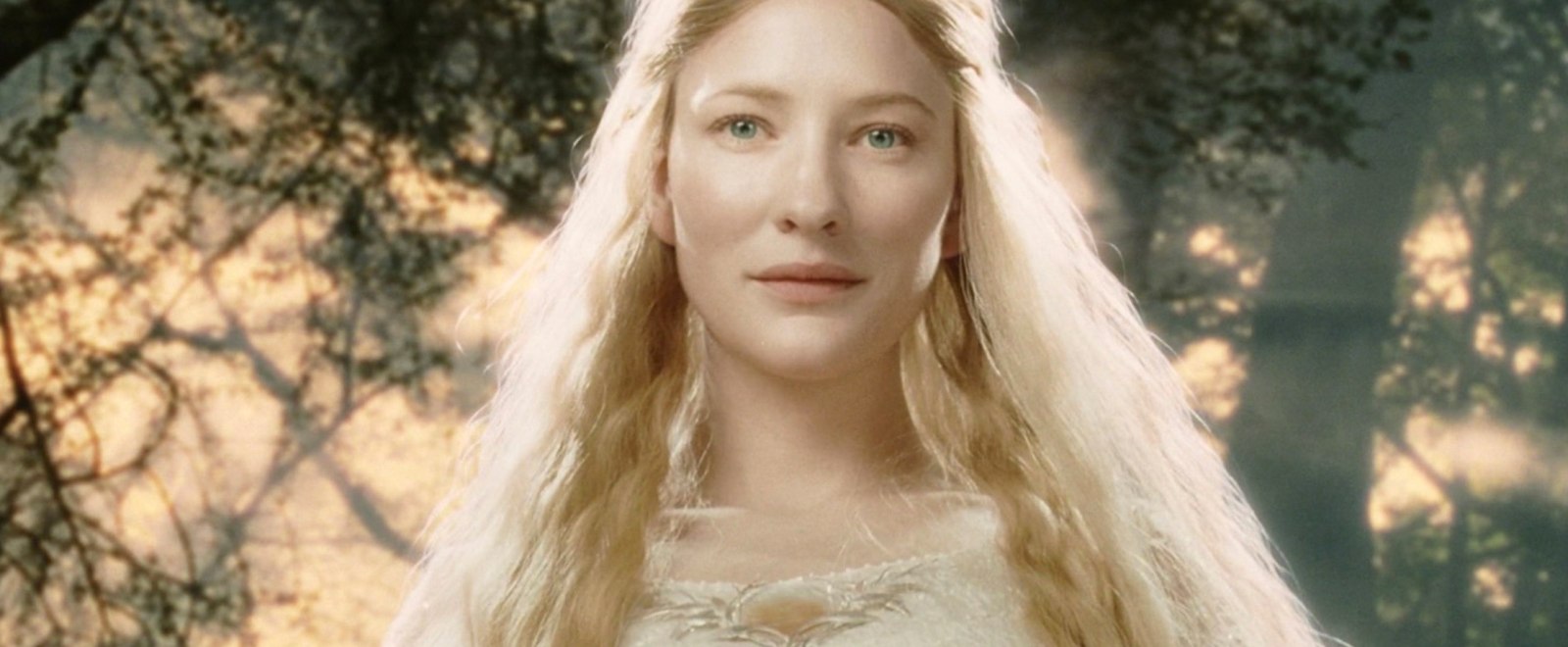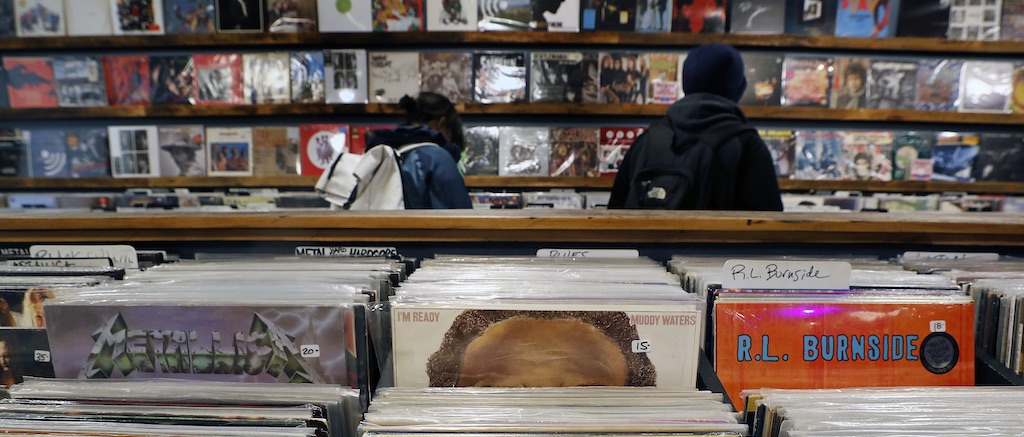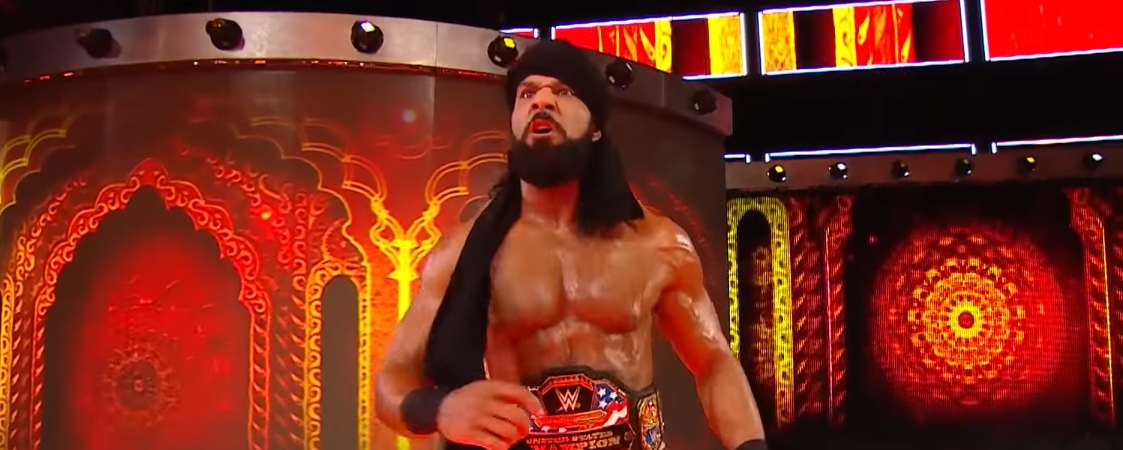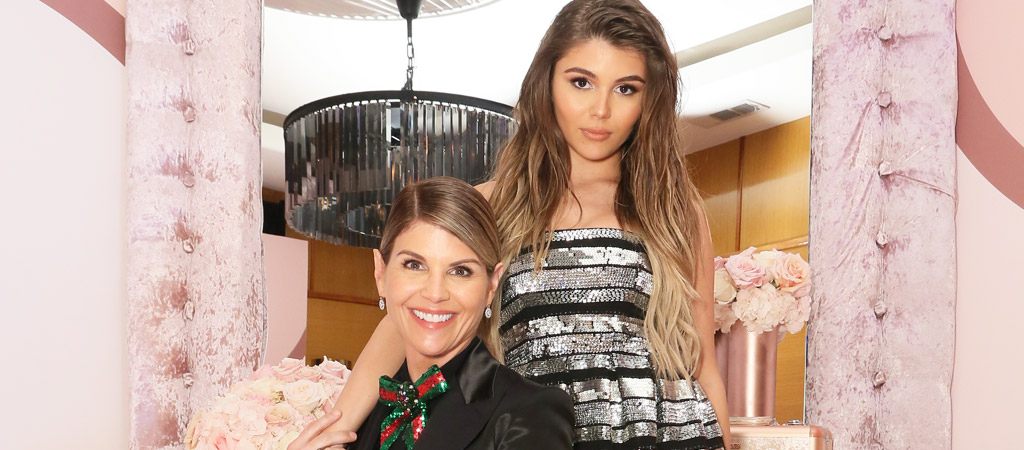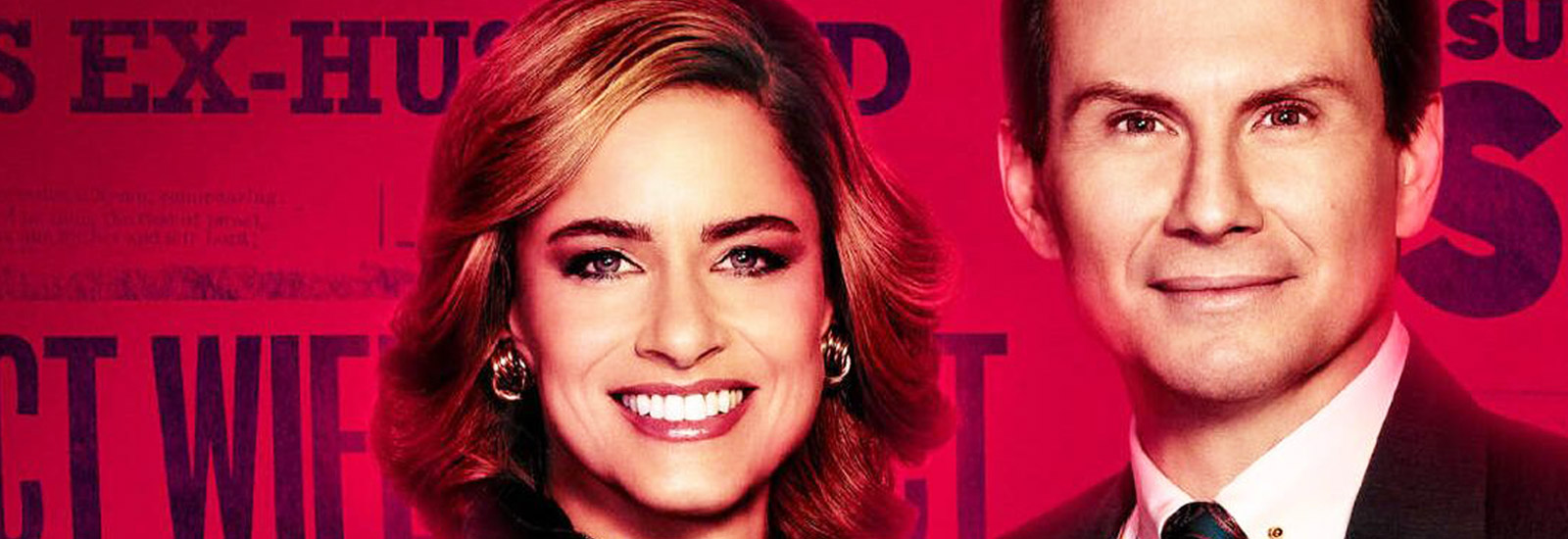
The second season of the Dirty John anthology series premiered this week while moving the show from Bravo to the USA Network. In a lot of ways, this season is better, and when I say better, I mean dirtier. Meaning that there’s a lot more trashiness, which I think would be sole reason why anyone wants to watch a series called Dirty John. This series dives deep into the sensational aspects of stories of obsession, yet as unbelievable as it might sound, the franchise is just fine without John Meehan around. No offense to Eric Bana, whose portrayal of the title character was sufficiently terrifying, but the second season has an even sleazier real-life story that acts as a launching point.
Get out of here, John, and make room for Betty.
As always, this franchise takes creative license and dramatizes real-life events. And if one goes back to the spandex-clad late 1980s, one of the most scandalous stories around (Oprah was obsessed with it) revolved around the upper-class divorce of Betty and Dan Broderick. Those legal proceedings weren’t the end of the story, of course, nor was the double murder of Dan and his new wife, Linda. There was also a high-profile trial with plenty of legit-news-outlet and tabloid coverage, and the real-life Betty is still serving her two consecutive 15-years-to-life terms in a California prison.
Let’s compare the seasons without too much spoiling — after all, the season’s only getting started — to illustrate why if you liked the first season, you need to put Dirty John: The Betty Broderick Story on your list.
The Lead Actors:
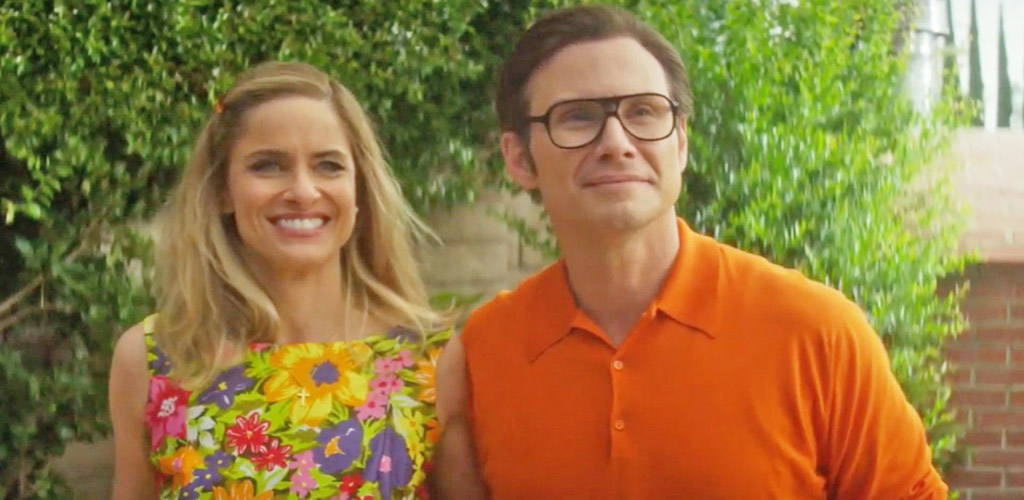
Again, Bana was really convincing as a psychopath who could turn on a dime from charming to conniving to snarling. Likewise, Connie Britton was suitably naive and achingly vulnerable as Debra Newell, but Season 2 has a killer lead duo. Amanda Peet relishes the melodrama of this role, along with its frightening aspects. She doesn’t get to portray the youngest Betty in flashbacks, but she’s still internalized Betty’s idealism and “programmability,” for lack of a better word. When she’s betrayed — after nearly two decades of marital sacrifice and years of living lies — yikes. She throws daggers with those blue eyes while brandishing a pasted-on smile. Her slowly crumbling exterior reflects Betty’s beaten-down interior. Peet is fantastic enough that she’ll likely pop up on at least a few Emmy “snub” lists, though Dirty John ain’t exactly Emmy territory.
The kicker, though, is the casting of Christian Slater as Dan. The guy doesn’t make a habit of playing likeable guys, but with this season catching up with the Brodericks in 1989, I couldn’t help but think about the character he played in Heathers, which was released that same year. An unfair reference? I’d argue not. His J.D. (which was basically a budget take on a Jack Nicholson villain) was a slimebag, sociopath, and murderer, and I’d argue that Dan (at least as written in this series) qualifies under the first two labels. Slater is perfect here, reminding us of his most reprehensible character while portraying a law-abiding but downright awful husband.
Did Dan Broderick deserve to die? No, but Slater’s performance, and the way he pulls the rug out from under Betty, takes me back to my theater experience watching Heathers. Remember the horrible, pit-in-the-stomach scene where J.D. (and Veronica) murdered two football players? I do. People walked right out of the theater in the middle of that movie. That’s how Slater’s philandering, manipulative lawyer-doctor made me feel, and I mean that as a compliment to his acting abilities.
Who’s The Real Villain?
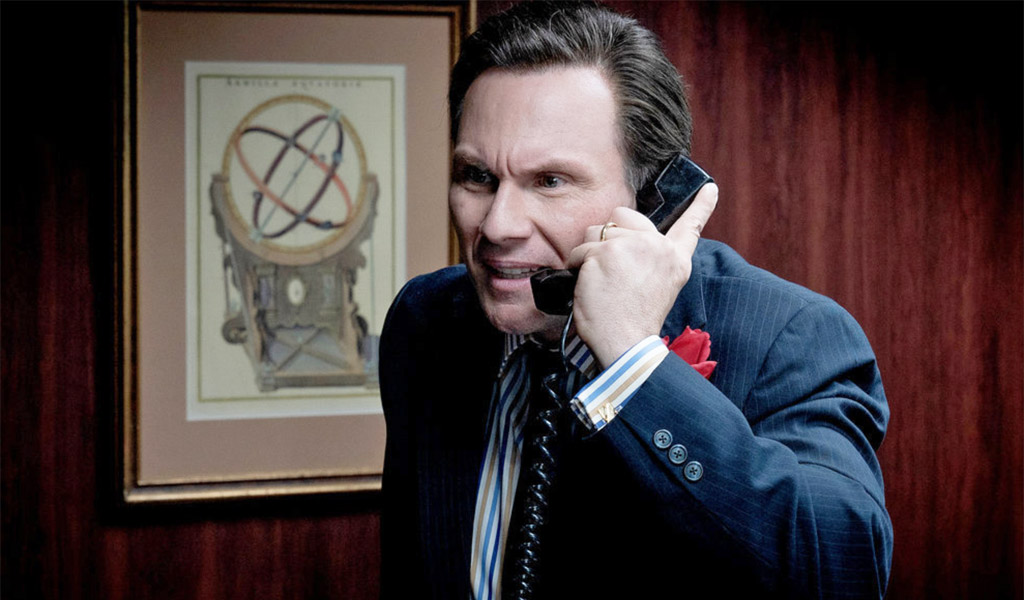
The first season of Dirty John didn’t 100% match up to the enormously popular true-crime podcast (from Christopher Goffard of the LA Times) of the same name. That wasn’t too surprising, really, since the series had a longer runtime and took advantage of more creative license with the visual medium. Eric Bana even promised us that the series was more unsettling than podcast listeners may have expected, and that was true. The Bravo series fleshed out John Meehan more substantially, gave him a sister to terrorize (Joelle Carter), and painted him a backstory that made him more than a mere “professional conman.”
Still, things were cut-and-dry as far as pinpointing the villain — John! — while Debra Newell, her daughters, and all the women who came before them were definitely the victims. Debra wasn’t blameless in her pattern of picking sh*tty men to marry, but she was not a bad person in any sense of the word, only very dumb in relationships. John was the guy who ripped off his string of wives and exacted murderous vengeance upon the Newell ladies. If not for Tara (shoutout to Julia Garner, stealing more scenes and hearts), John probably would have killed all the women of the family.
With Dirty John‘s second season, however, the anthology series takes a completely different path in drawing its characters. It’s exceedingly difficult to pinpoint “the” villain here. Yes, Betty did absolutely shoot and kill Dan and Linda. That’s not up for debate, nor is the fact that she left harassing messages on their answering machine and drove a car into their home. Yet this story somehow succeeds at portraying Betty in the most empathetic light possible. Showrunner Alexandra Cunningham even tucked a message into press screeners to communicate that she felt sorry for Betty and how she was treated by Dan before, during, and after their divorce.
Cunningham freely admits to this bias, and Betty is not drawn to be bad in this series. She’s portrayed as a victim as well — one of extreme emotional abuse — and this does, to be fair, make her much more compelling to watch than the “woman scorned” cliché that went down in the 1992 TV movie starring Meredith Baxter.
The Inside Of Betty’s Mind Vs. Dirty John Meehan
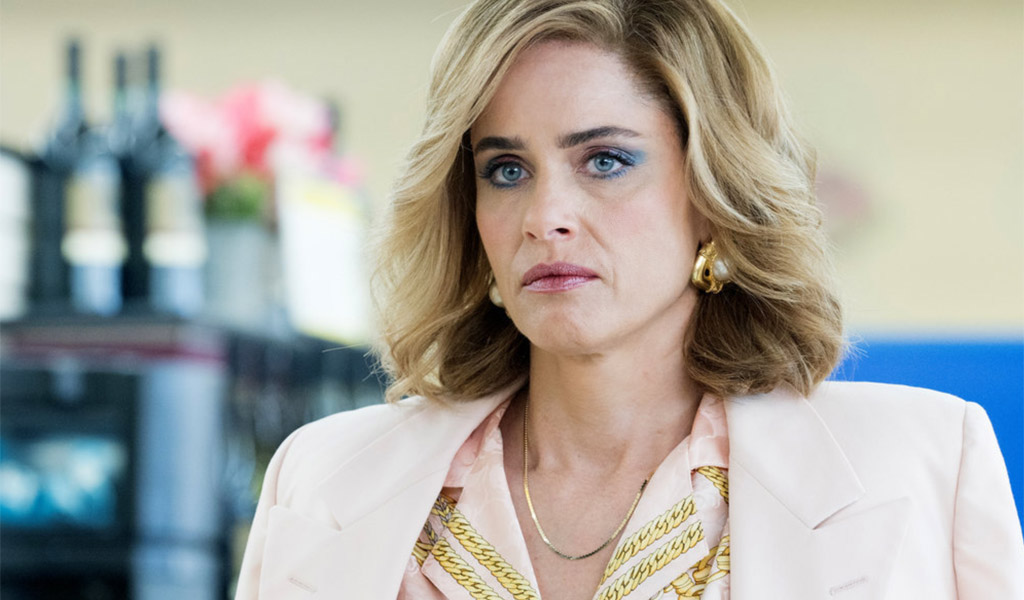
As noted already, John Meehan got a late-season backstory that made him less of a mysterious entity who seemingly emerged fully-formed to forge a path of destruction. In the process, viewers saw how John was trained as a conman by his dad, which enabled him to deftly maneuver within a system that was no match for his “talents.” Still, this was mostly a cautionary tale about the importance of background-checking anyone that you’d want to marry. That’s simply common sense! Look at someone’s past, and realize that they’ve got a fake medical license and history of violent and drug-related criminal defenses, and you probably won’t end up married to a John Meehan. Problem solved. Yes, John was scary, but he was, theoretically, an avoidable danger.
Whereas the abuse that Betty Broderick endured (again, as dramatized) was far more insidious. You may have to trust me on this one, so I don’t have to spoil the bigger happenings, but her marriage was dreadful to endure. She pretended everything was alright, of course, but behind the scenes, Dan gaslit her into oblivion, both emotionally (like the 1994 movie from which the term originally came) and even physically (that part’s a spoiler). When one is told that they’re crazy for years, one tends to start to believe it, especially since Dan did a lot to make Betty feel like a prisoner in her own home. He went to various lengths to rob her of her livelihood and lied for years about his affair, while telling her that she was paranoid and basically nuts.
This season portrays Betty Broderick as blindsided by a separation, which was followed by Dan, a ridiculously connected lawyer, took their four kids away and discarded his wife. Yes, she did horrible things in the aftermath, but by that time, she’d been led to believe that everyone thought she was nuts, so she might as well behave that way. And yeah, she was off-her-rocker and ultimately homicidal, although the show matches up to Betty’s real-life insistence that she never meant to kill Dan and Linda but herself. It’s a wild ride (although we don’t know how much is true) to see how Betty landed in that position. She did make the absolute worse decisions imaginable, but the second season leads viewers on an irresistibly trashy walk in her shoes to take us there.
USA Network’s ‘Dirty John: The Betty Broderick Story’ airs on Tuesdays at 9:00pm EST.

